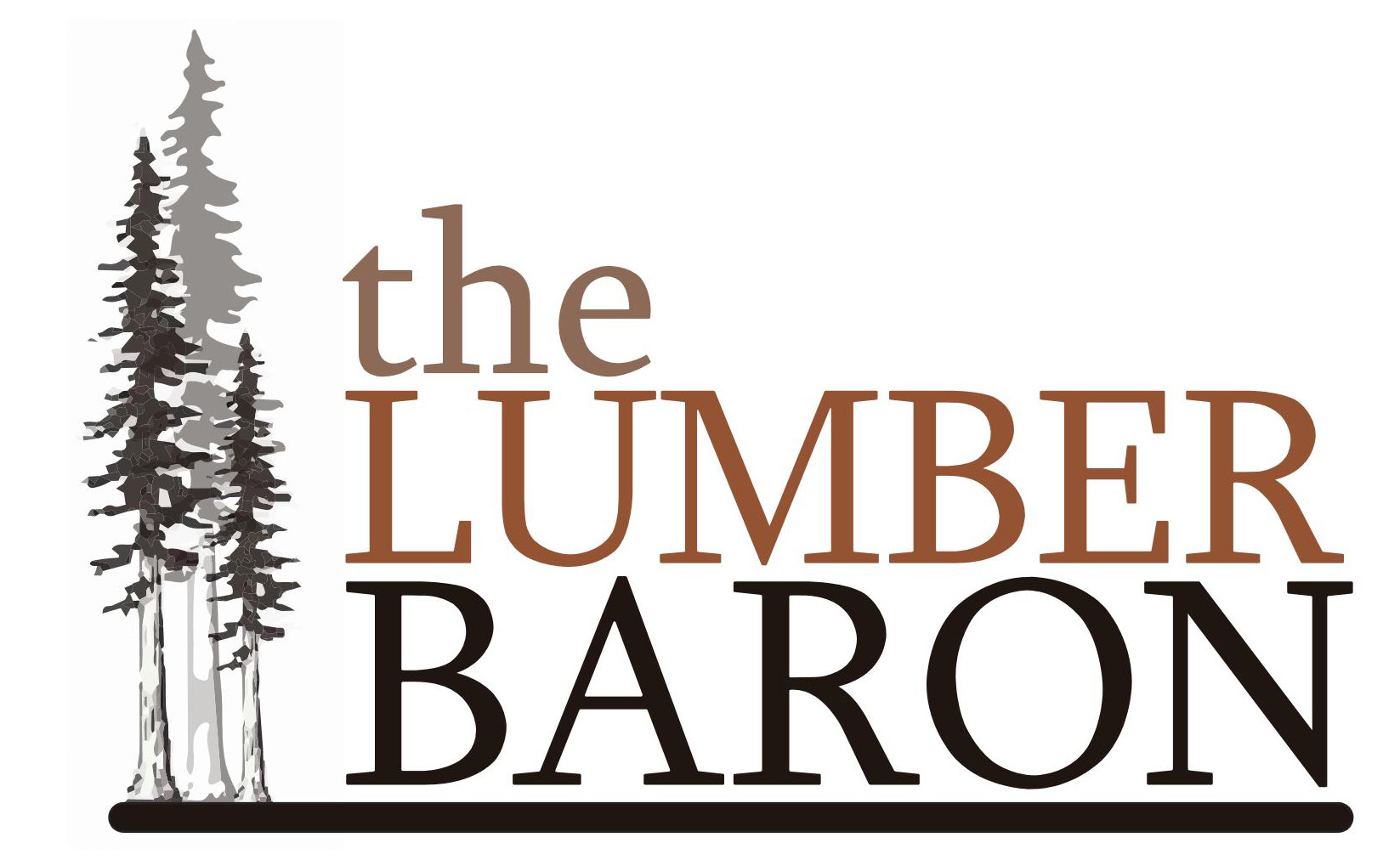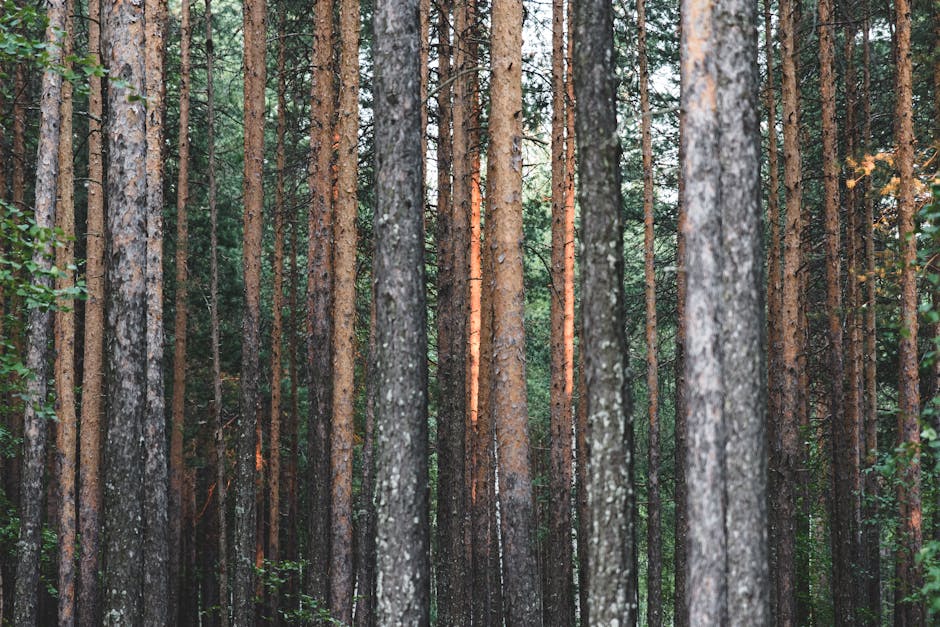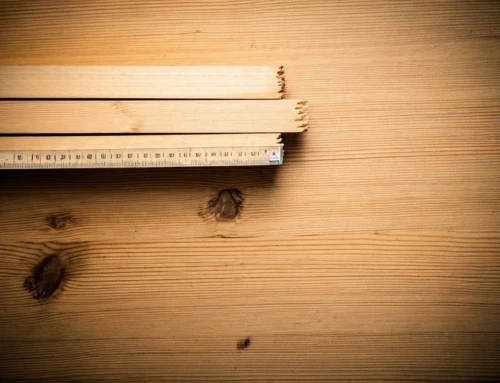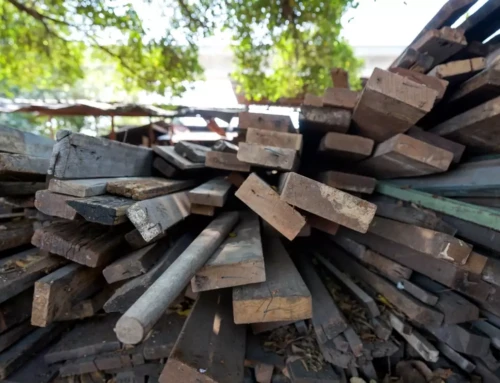Introduction to Heartwood Redwood Lumber: An Overview
Heartwood Redwood Lumber is a top-notch choice for any exterior project, and here’s why. First off, it’s naturally stunning. Heartwood Redwood has a rich, vibrant color that can make any deck, fence, or outdoor furniture piece pop. But it’s not just about looks. Unlike Sapwood Redwood (know the difference!), Heartwood Redwood lumber is also incredibly durable. It resists decay, insects, and weathering better than most woods, meaning your projects last longer, saving you money and hassle in the long run. Plus, it’s easy to work with. Whether you’re a seasoned pro or a weekend DIYer, redwood cuts smoothly, screws easily, and finishes like a dream. And here’s the kicker – it’s environmentally friendly, far more so then cement, brick and synthetic lumber. Redwood trees grow quickly and sequester carbon, making this wood a sustainable choice. By choosing heartwood redwood lumber you’re getting beauty, durability, workability, and an eco-friendly option all rolled into one.
Durability and Longevity: The Strength of Redwood
Heartwood Redwood lumber is praised in the world of outdoor building materials, standing strong against the forces of nature. Its natural tannins make it resistant to decay, insects, and rot, letting it endure the harshest weather conditions. Unlike other woods that weaken or decay over time, redwood lumber maintains its strength, offering a lifespan that can extend way beyond 25 years with proper care. This longevity means your deck, fence, or garden structure won’t just last; it’ll age gracefully, adding character to your outdoor spaces. Its durability is unmatched, saving you money in the long run by reducing the need for frequent repairs or replacements. Choosing redwood for your exterior projects isn’t just an investment in your home—it’s a statement of confidence in enduring quality.
Natural Resistance to Pests and Decay
Heartwood Redwood lumber stands out because it’s naturally tough against enemies like termites and fungi. The secret? Heartwood Redwood is loaded with tannins, a chemical that gives redwood it’s red color and bugs don’t care for. This means if you use heartwood redwood lumber for your outside projects, you’re getting wood that fights off decay and pests on its own. You won’t have to treat it with harsh chemicals, making it a safer choice for your home and the environment. Plus, this natural shield helps your redwood project last longer without needing constant upkeep. Simply put, redwood keeps the bad stuff out, making it a smart pick for your outdoor spaces.
The Aesthetic Appeal of Redwood Heartwood
Heartwood Redwood lumber sets itself apart with a rich, vibrant color that adds unmatched warmth and beauty to any outdoor project. Whether you’re decking out your patio, constructing a statement pergola, siding your house or lining your property with a sturdy fence, redwood brings a natural elegance that other materials can’t match. Its unique hue, ranging from deep reddish-brown to a light, pink, heartwood redwood lumber blends perfectly with outdoor settings, enhancing the look of your garden or backyard space. Left untouched it grays gracefully over time. Moreover, redwood’s grain is visibly appealing, with patterns that add character and sophistication to your projects. This aesthetic appeal of redwood isn’t just about looks; it’s about making a statement and creating spaces that feel inviting and alive. It’s no surprise that homeowners who choose redwood for their exterior projects end up with results that are not only stunning but also add value to their property.
Environmental Benefits of Choosing Redwood Lumber
Heartwood Redwood lumber stands out for its environmental perks. It’s a champion in sustainability and eco-friendliness. First off, redwoods grow fast, making them a renewable resource. This growth speed means we can replace them quicker than they are cut down. In fact North American forests have actually grown by 20% since 1970. Plus, these trees are often grown in sustainably cut, managed forests. Studies prove natural redwood lumber is superior to synthetic building materials in every way. Of all the building products it has the smallest effect of water and air pollution. While other products create pollution, redwood lumber removes greenhouse gasses from the atmosphere. Now, think about durability. Redwood naturally resists pests and decay, which translates to less need for chemical treatments. Fewer chemicals mean a happier planet. Its long life also means less frequent replacements. This is good news because it cuts down on the manufacturing and transportation effects that harm our environment. Choosing redwood isn’t just about getting something that looks good; it’s also about making a choice that’s good for our Mother Earth.
Comparing Redwood Lumber to Other Wood Options
When you eye your upcoming outdoor projects, you’re sizing up more than just the cost. It’s about longevity, maintenance, and that warm feel only certain woods deliver. Pressure-treated woods might be easier on your wallet, but it looks cheap. It’s infused with chemicals that generally only extend 1⁄4” into the material. Once that layer is penetrated your left with an inferior wood, which rots quickly in an exterior environment. You may want to ask yourself what the mills are treating that lumber with. Pressure treated lumber wasn’t even allowed to be dumped in the early part of 2020! Heartwood Redwood lumber on the other hand, resists moisture, decay, and insects naturally, which means no chemicals. That’s good for you and the planet. IPE? Although denser than redwood, IPE is much more expensive and a real pain to work with. The general rule of thumb is to double your labor budget with IPE factoring things like pre-drilling, and wear and tear on equipment and saw blades. There’s also the very questionable sustainability issue surrounding IPE. Then there’s composite materials with false promises of no maintenance. Ever tried to fix a scratch in plastic wood? How about walking on a plastic deck in the middle of summer where it’s temperatures can reach 145 degrees or more! The greenhouse gases given off during the production of composite lumber is significant and what about replacing it? Redwood naturally decomposes and is biodegradable, composite lumber will sit in our landfills for decades if not centuries. Redwood’s got soul plus a much longer life span with just a bit of care. Bottom line: do you want a deck to brag about or a project that lasts generations? Redwood’s your champion. Easy choice.
Long Term Cost-Effectiveness of Heartwood Redwood Lumber
For some reason redwood has a reputation for being high priced. Truth is, here in the Bay Area, that’s simply not true. When compared to other hardwoods like IPE or softwoods like clear WRCedar, you’ll often save a bunch of money using redwood. With 5 heartwood redwood grades to choose from, at The Lumber Baron, we have options to meet almost every budget or style. And here’s the deal: redwood pays off in the long run. Its natural durability means it resists rot, decay, and pests incredibly well. You won’t be replacing or repairing redwood nearly as often as you would with other woods or materials. Now, think about the maintenance. Redwood demands less of your time and wallet since it needs minimal upkeep compared to others that require constant sealing, staining, or painting. Over time, the cost savings on maintenance add up, making redwood a smart, cost-effective choice for those exterior projects. Plus, its beauty is long-lasting, ensuring your project stays looking good for years. Anything is better then having to do your project twice, an outcome that is very likely if you decide for a seemingly cheaper option like pressure treated lumber or redwood sapwood. Even expensive options like plastic lumber can scratch and fade and look horrible in a short amount of time. So, while your upfront cost may be a bit higher, redwood’s durability and low maintenance make it a winner for long-term savings and ease of mind.
Conclusion: Why Redwood is the Ideal Choice for Your Exterior Projects
When it comes down to it, choosing redwood for your exterior projects is a smart move. The distinct qualities it brings to the table – durability, beauty, and sustainability – make it stand out. Redwood can withstand the elements better than most woods, staying strong and looking good for years. It’s naturally resistant to rot, decay, and pests, which means less worry and maintenance for you. Its vibrant color and unique grain patterns add unmatched beauty to any outdoor space, making your project visually appealing. Moreover, redwood is a sustainable choice. It comes from well-managed forests, ensuring that your environmental footprint is as light as possible. Want even more assurance? Try one of our incredible reclaimed redwood options! So, when you’re planning your next exterior project, remember that choosing redwood isn’t just about its immediate benefits. It’s about investing in quality, sustainability, and beauty that lasts.







